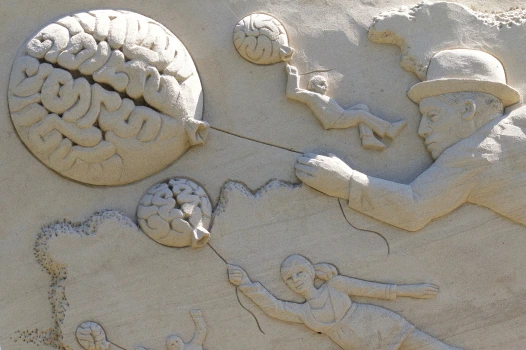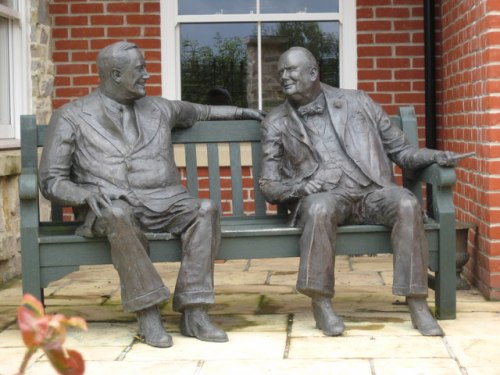
Growth mindset has become something of a buzzword over the last few years. While you would have to have been living under a rock not to have heard the term, you may well not be entirely sure what it means (and you wouldn’t be the only one, as we shall see).
What exactly is growth mindset?
It all started to hit the public consciousness with a piece of research done in 1998 by Carol Dweck and Claudia Mueller, who divided a group of 10-12 year olds into two groups. Both groups were told that they had done well on a test, but the first group were praised for their intelligence, while the second group were praised for the effort they had put in. Dweck and Mueller subsequently found that the first group didn’t want to take any risks that might make them look less intelligent, while the second group kept trying hard and therefore actually did better. The second group had more of a growth mindset.
If you decide that you are naturally bad at something, you may feel this is fixed, and therefore not even try, whereas in most cases you could improve through effort. Equally, if you are told you are naturally bright, you may shy away from trying anything difficult in case you show yourself up by failing. Therefore it is important to praise students for effort rather than for intelligence.
For a more in depth explanation, take a look at this video of Carol Dweck.
I think most teachers would recognise the truth in this, and the idea has been pretty enthusiastically received. However, more recently there have been a number of articles and research studies stating that growth mindset ‘doesn’t actually work.’
Why might people think it doesn’t work?
First of all, the key ideas are not always very well understood. Sometimes teachers have interpreted it as ‘ if you believe you can do it, you can’- which is self-evidently nonsense. Or ‘everyone can do everything brilliantly if they just try hard enough’- also rubbish. Everyone can get better at something through practice, but that doesn’t mean they’ll necessarily ever be great at it. Growth mindset isn’t about wishful thinking.
Secondly, telling students about growth mindset or that they should have a growth mindset, is not the same as actually changing their mindset. Read this great article about that (thanks Gaby Lawson for sharing it with me). People can definitely change, but not because someone else tells them to. Beliefs about ourselves are usually very deeply engrained, even in children, and they don’t change overnight or because other people want them to. We also have to take into account the messages our students are likely to be getting at home, such as the parent who says, ‘Oh, you get being bad at maths from me.’
And a recent survey of teachers in the USA found that while 98% of teachers felt that growth mindset was a good thing, only 50% knew any strategies aimed at encouraging it. So, clearly we need to think more about how to help students (and teachers) develop it, rather than just exhorting them to put in more effort or think positive.
For the next blog post on ELT Resourceful I have invited Gaby Lawson, Teacher Developer at Monash College, to talk about her work on applying Carol Dweck’s research to teacher development.




















